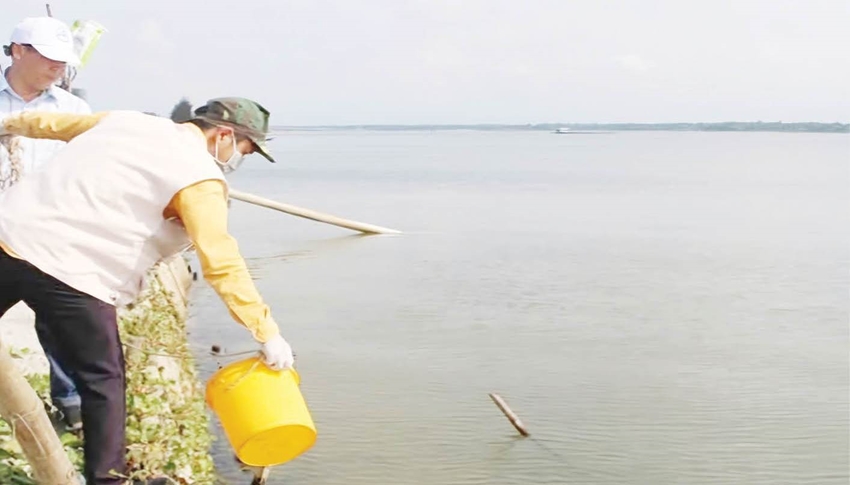 |
| Lagoon Environmental Testing |
Reserve 15,000 rolls of straw
Affected by the cold air in recent days, the weather in the mountainous region of A Luoi has become cold, with temperatures ranging from 13 to 15 degrees Celsius. Learning from previous years, when the cold season began and livestock died en masse, localities in the mountainous region of A Luoi have proactively implemented many solutions to prevent cold and rain for buffaloes and cows.
It is easy to see that in the communes of A Luoi district in recent years, after the rice harvest, people no longer burn the straw but bundle it into rolls to store food for cattle. With the support of straw rolling machines from the government, on average each locality has stored dry straw for cattle to feed during the cold season, from 1,000 to 2,000 rolls.
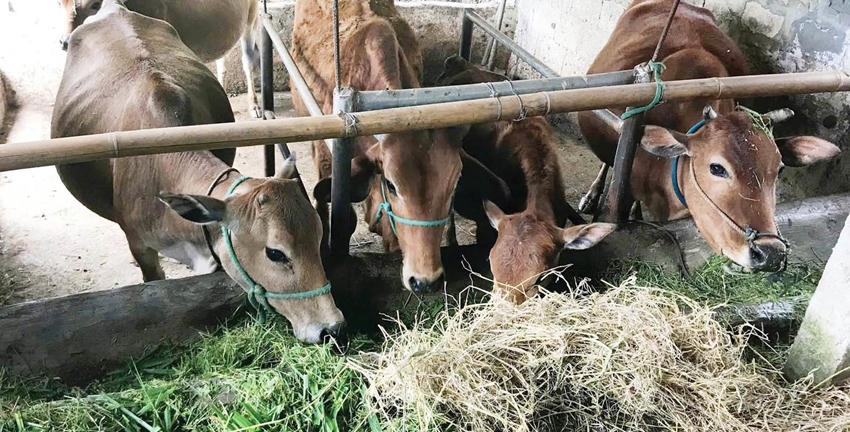 |
| Reserve dry food and agricultural by-products to prevent cold for cattle and buffalo in A Luoi |
With 1,500 buffaloes and cows, Hong Thuong commune is a key livestock area in A Luoi district. Mr. Le Quang Vinh, Chairman of Hong Thuong Commune People's Committee, said that right from the beginning of the crop season, the commune has been propagating and mobilizing people to prepare to collect and store rolled straw to prevent cold for buffaloes and cows. At the same time, it has guided and supported the covering of barns, and advised people to herd buffaloes and cows in low temperature conditions. Thanks to good supervision and support, damage to local livestock has been avoided. This cold season, the commune has stored more than 2,000 rolls of straw as food to prevent cold for buffaloes and cows.
According to the Department of Agriculture and Rural Development of A Luoi district, the total livestock herd in the district in 2024 is 28,767, reaching 102.7% of the plan, an increase of 2,104 compared to 2023. Currently, the whole district has mobilized localities to reserve over 15,000 rolls of dry straw as reserve feed for buffaloes and cows during the cold rainy season. The collection of straw for animal feed and fertilizer has changed positively, limiting the burning of straw in the fields.
Mr. Van Lap, Head of the District Department of Agriculture and Rural Development, said that over the past years, localities have done a good job of collecting, processing and registering to buy rolled straw to reserve for livestock during the cold rainy season. The food source has been guaranteed, thus limiting economic losses for local people. In order to proactively protect buffalo, cows and goats during the cold spell at the end of the year, it is very important to reserve dry straw from the beginning of the season.
The district requires localities to continuously update weather developments, provide timely and regular information on mass media so that people know, not be subjective and passive in responding, preventing and fighting cold for livestock.
Accordingly, instruct farmers to strengthen their barns, cover them to keep them warm and ensure that their barns are always dry and clean. Farmers proactively stock up on concentrates, dry roughage (straw, stubble, hay, etc.) and preserve agricultural by-products as feed for grazing livestock. Encourage and require each family raising buffaloes and cows to have a barn, a straw tree or reserve rolled straw to ensure an average supply of 5-7 kg of straw/animal/day during cold days.
Proactive response
In fact, the awareness of livestock farmers has been significantly raised after many efforts of local authorities, especially ethnic minorities. Up to now, people have gradually abandoned the practice of grazing buffaloes and cows freely when the average daily temperature drops below 15 degrees Celsius. The barns are guaranteed to be leak-proof, always dry and covered. People also control and prepare additional concentrated feed, minerals, and vitamins to improve the health of livestock.
Localities have established teams to directly visit households to inspect, guide and urge the implementation of hunger and cold prevention for livestock; paying special attention to households that regularly let livestock roam freely in mountainous areas, places where livestock are at high risk of being affected by hunger and cold, to remind and guide people...
Head of the Department of Animal Husbandry and Veterinary Medicine, Mr. Nguyen Van Hung, said that in order to proactively respond to natural disasters and epidemics for livestock and poultry, and minimize livestock losses, the unit requires localities to direct departments, offices, and local authorities to coordinate with organizations to mobilize local human resources to promptly support people in actively implementing effective measures to prevent and control epidemics and hunger for livestock. Instruct people to firmly reinforce and cover barns and feed reserves; confine livestock in barns, do not graze buffaloes and cows when it is cold and rainy, or move buffaloes and cows from low-lying areas to higher places and cover them under control. Clean, disinfect, and sterilize barns, properly handle dead livestock and livestock waste; regularly check and monitor livestock to prevent disease outbreaks; prepare human resources, supplies, and vaccines to vaccinate livestock...
A Luoi district requires veterinary stations to strengthen inspection and urge vaccination of livestock, poultry and foot-and-mouth disease vaccines for cattle to achieve a high rate; monitor the epidemic situation, paying special attention to foot-and-mouth disease, lumpy skin disease in cattle and buffalo, and swine fever that have occurred in localities, and take measures to prevent disease outbreaks and spread.
Safe for farmed fish
According to information from the provincial Department of Fisheries on December 20, due to the recent cold and rainy weather, complicated developments, in the fish cage farming area on the lagoon in Thai Duong Ha Nam village, Hai Duong commune (Hue city), 22 fish cages died with more than 14 thousand fish including bee can, pink, grouper, brown, dia, vau, hanh...
Ms. Phan Thi Thu Hong, Deputy Head of the Provincial Department of Fisheries, said that after receiving information about the dead fish, the department inspected and took water samples to analyze environmental factors. The results showed that two parameters of salinity and turbidity were not suitable for brackish water aquaculture. The complete freshening due to the prolonged rains in the past could cause the aquaculture to be "shocked". Turbidity alone could stick to the gills, making the aquaculture unable to breathe and causing death, especially for young, small-sized aquatic animals.
The Department of Fisheries recommends that, in order to cope with cold rains and reduce economic losses, cage fish farms must choose ponds or water areas with favorable and suitable environments to move and maintain. Moving farmed animals must avoid scratches, loss of mucus and "shock" in the new environment and must harvest fish that are of commercial size.
For ponds that still hold aquatic products that have not reached harvest size, it is necessary to arrange settling ponds, have appropriate technical measures when adding water; have an active care regime such as increasing supplements in the diet, monitoring and increasing resistance for livestock.
Facilities that are not yet ready for harvest, or are stocking fish for the 2025 crop (after October 23 of the lunar calendar), should take note of implementing a number of solutions to prevent heavy rain and cold air at the end of the year. Activities that cause shock/stress to aquatic products such as trawling, fishing, transporting, etc. should be limited to avoid weakening the fish and reducing the risk of infection by "opportunistic agents".
Farmers must maintain the water level in the pond/tank to ensure a depth of 1.5 - 2m, the water level in the cage area from 2 - 3m to stabilize and avoid sudden fluctuations in water temperature and move the cage to an area with less wind. For winter shrimp farming facilities, in addition to maintaining a suitable water level in the pond/tank, it is necessary to have cold-proof measures such as making frames and covering the surface of the pond/tank to protect the shrimp.
The farming process must ensure adequate supply, use high quality food, supplement Vitamin C to increase resistance and calculate the appropriate amount of food to avoid excess affecting the quality of pond water. When the pond water temperature drops below 15oC, stop feeding, take advantage of warm sunny times of the day to feed aquatic animals with the appropriate amount.
In winter, it is necessary to limit seed release, only organize seed release for facilities that meet the conditions, can proactively implement cold prevention measures for aquatic products. Facilities and owners of aquaculture regularly monitor weather developments, health status of aquaculture products and environmental factors to promptly detect unusual phenomena for appropriate handling measures. Pay attention to some aquatic species that have poor cold resistance such as tilapia, white fish, snakehead fish, soft-shell turtles, sea bass, yellowfin pomfret, etc.
Source: https://baothuathienhue.vn/kinh-te/nong-nghiep-nong-thon/chu-dong-phong-chong-ret-cho-vat-nuoi-149238.html










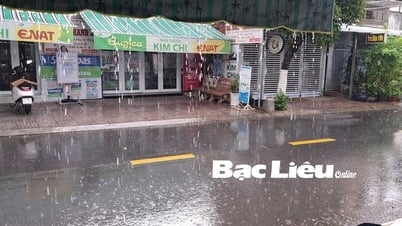

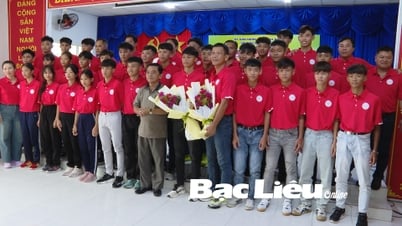
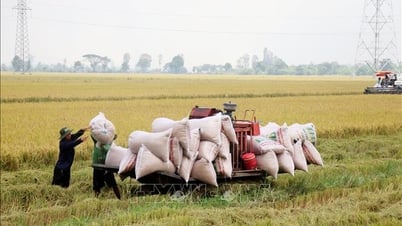
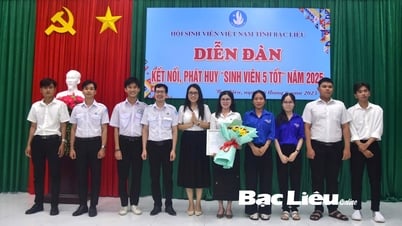




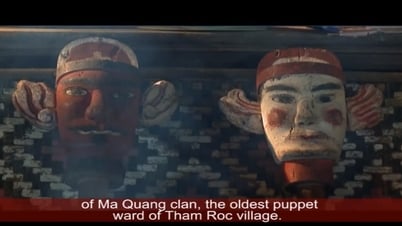



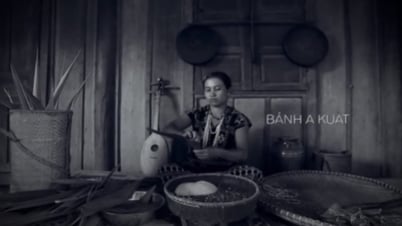
































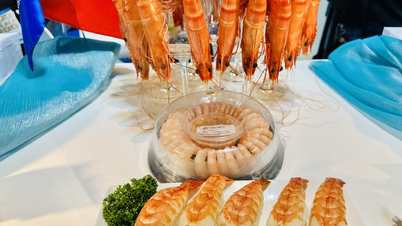

















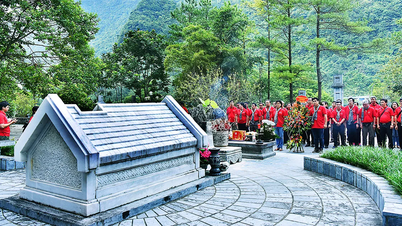










![[OCOP REVIEW] Tu Duyen Syrup - The essence of herbs from the mountains and forests of Nhu Thanh](https://vphoto.vietnam.vn/thumb/402x226/vietnam/resource/IMAGE/2025/6/5/58ca32fce4ec44039e444fbfae7e75ec)






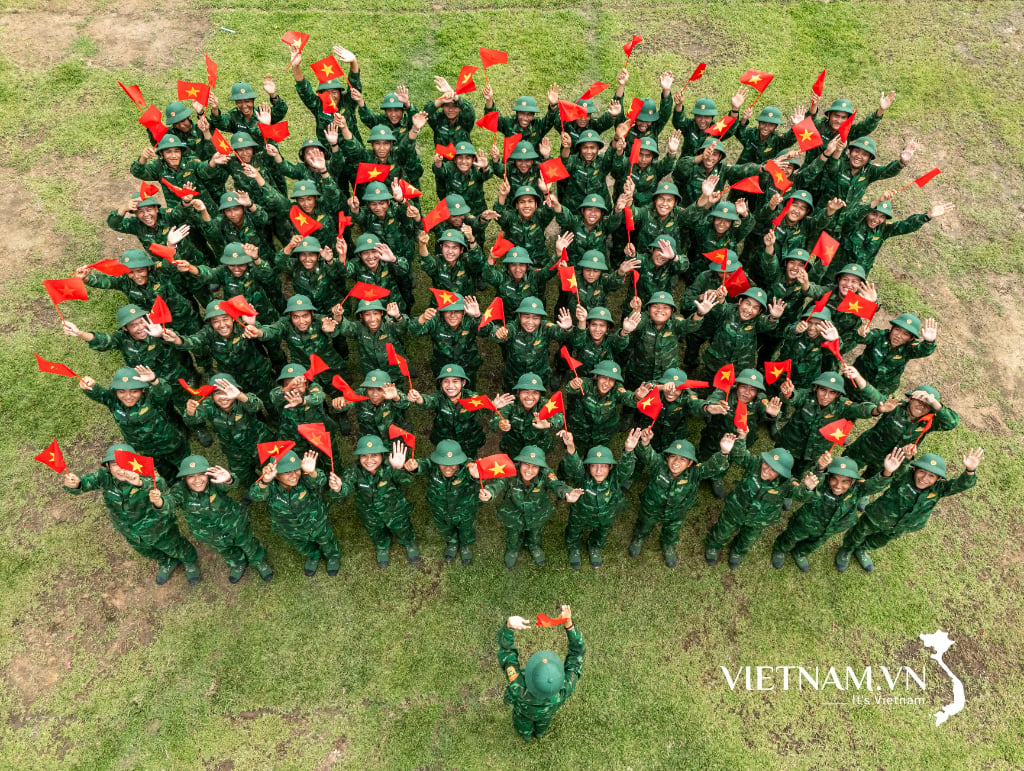
Comment (0)